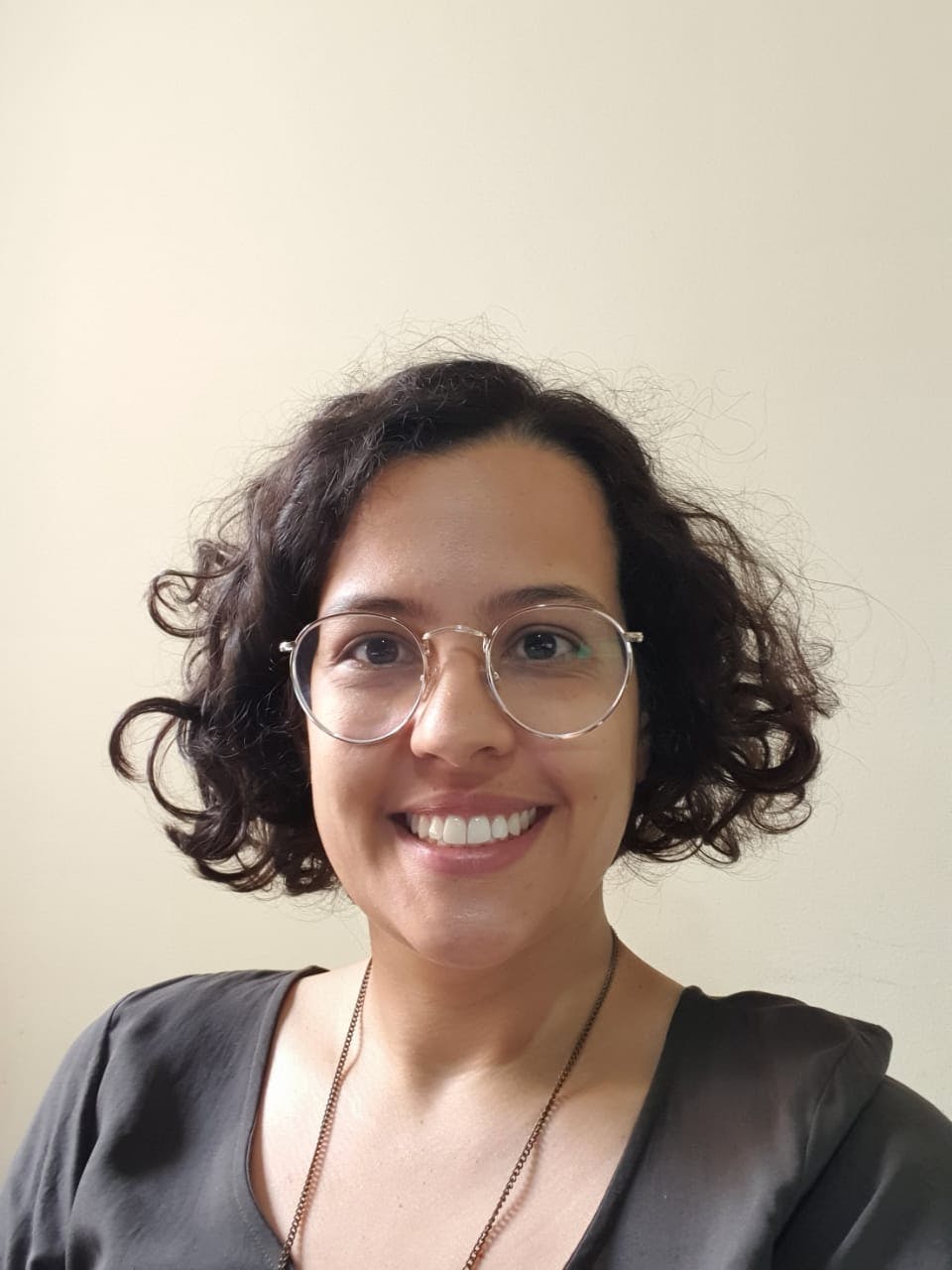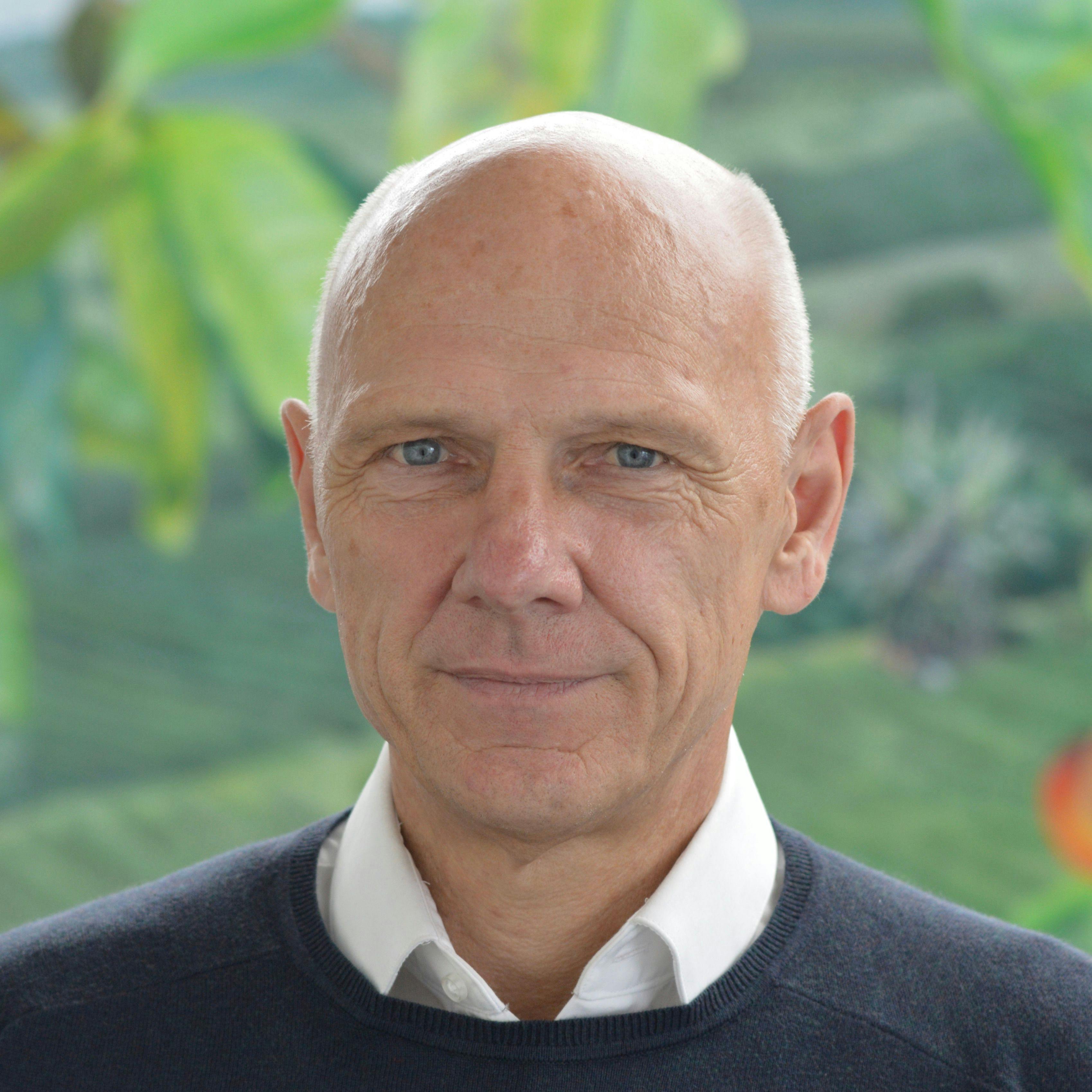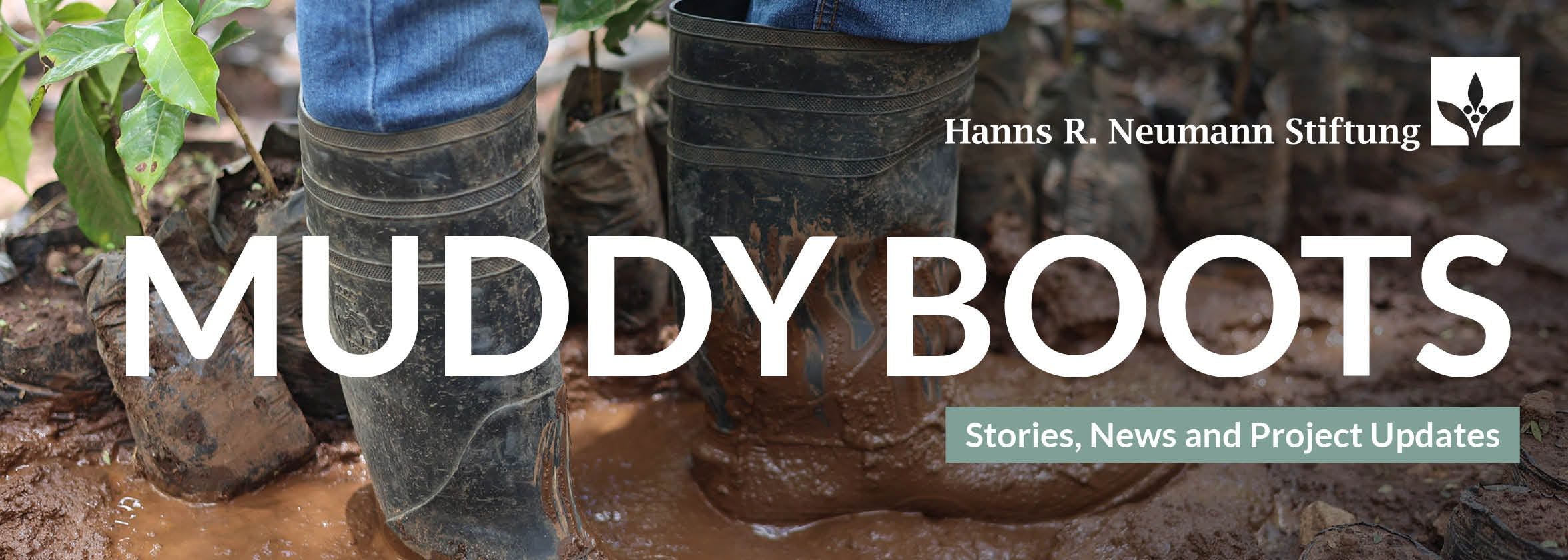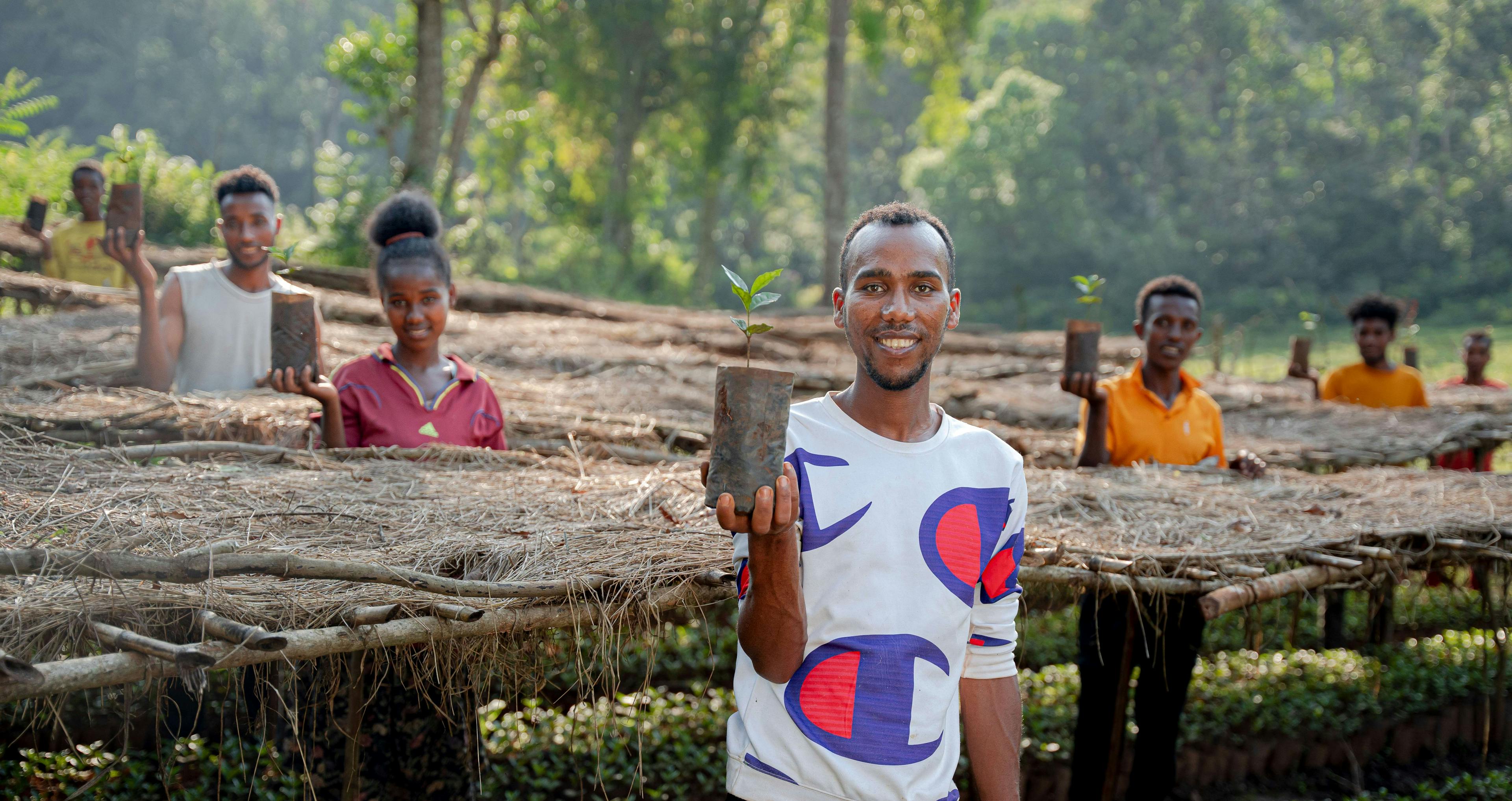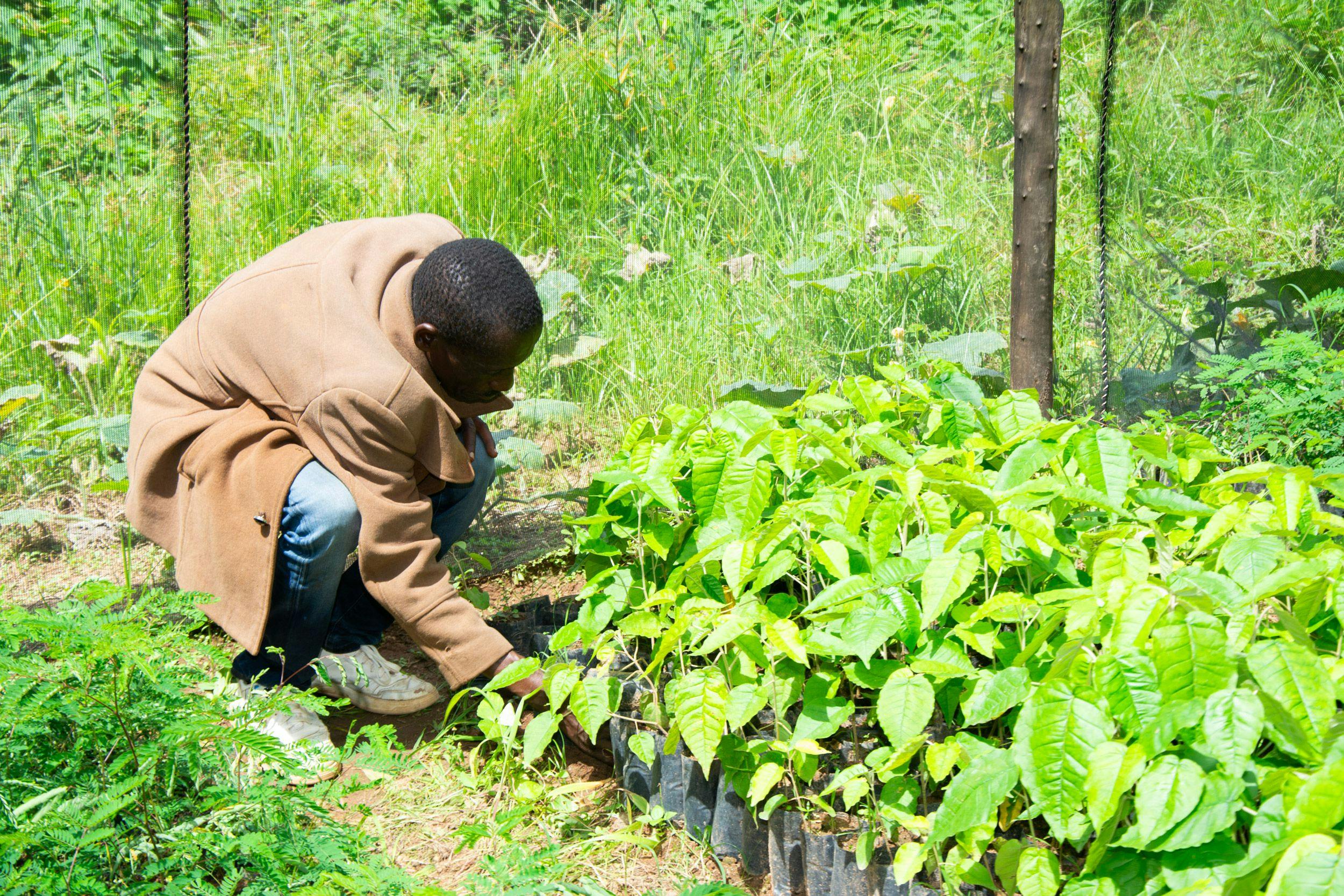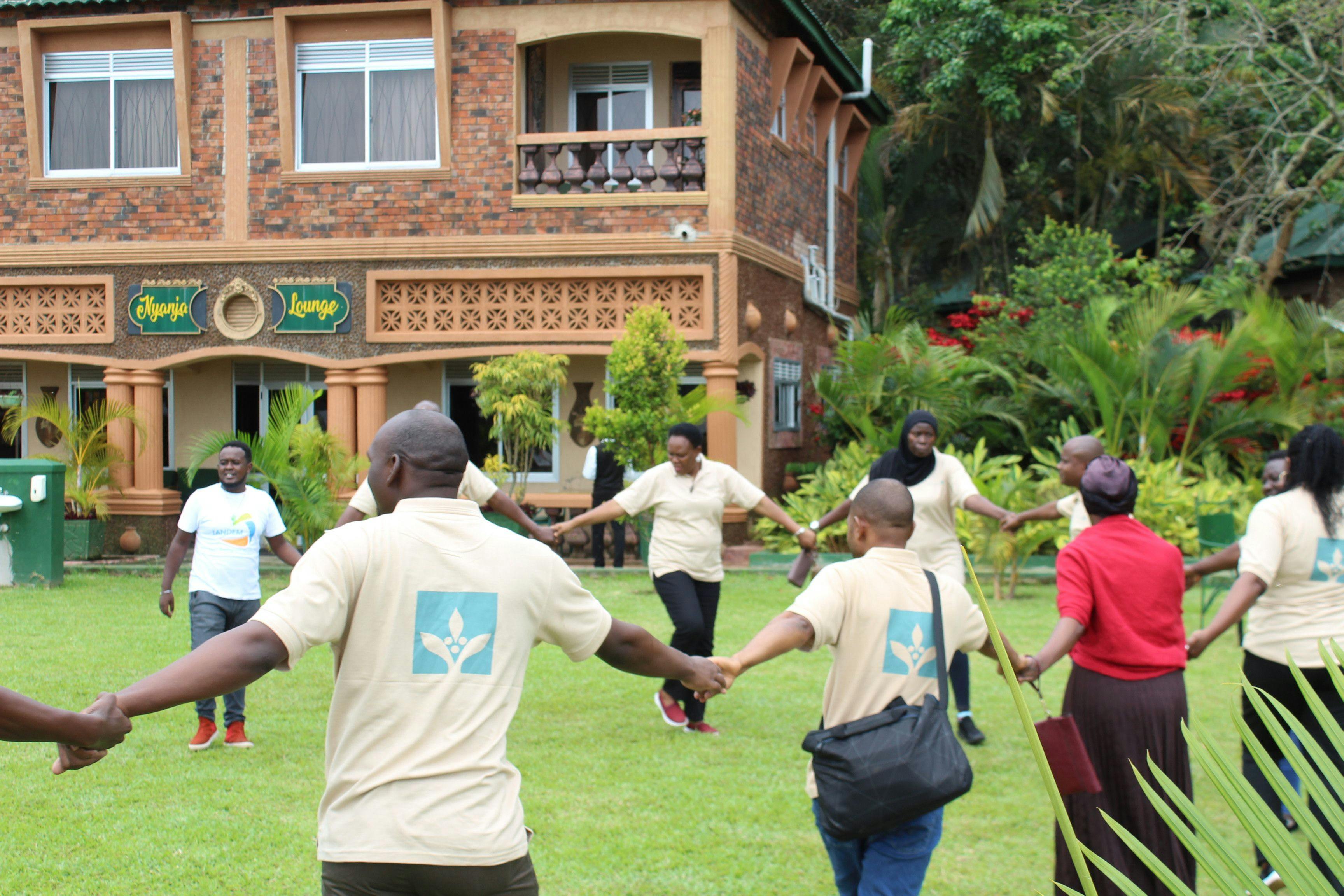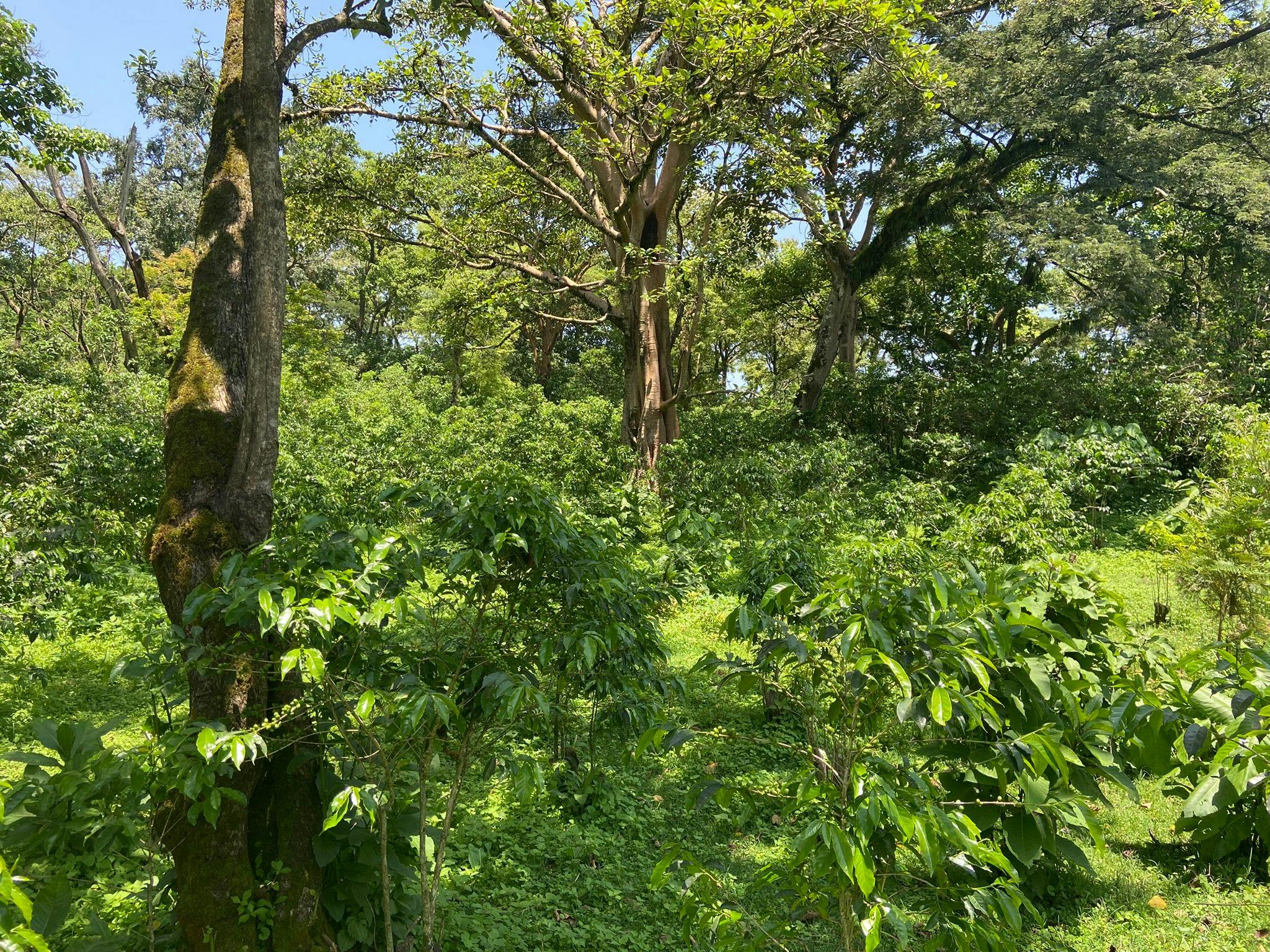Creating Value by Making Coffee Production Circular
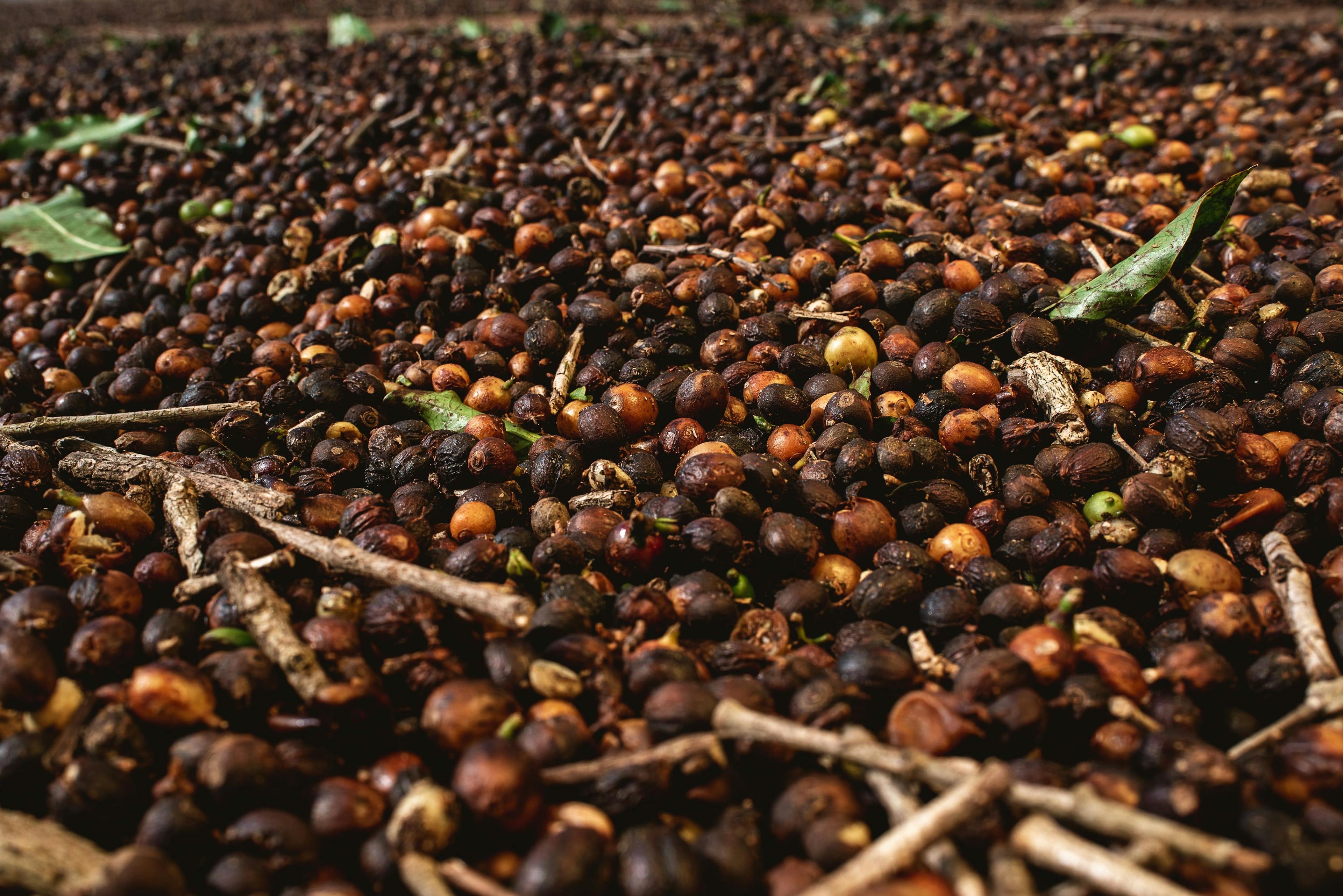
Coffee production and processing generates significant volumes of organic waste with roughly 2.1 tons of husks per hectare alone. Enhancing recycling culture and creating a circular economy concept is a promising answer to tackle the issue. The project "Back to the Roots", financed by Melitta and German Investment Corporation (DEG) and implemented by HRNS in Brazil, has promoted a circular economy approach and a waste-free coffee supply chain. It just came successfully to an end: The project created a practical starting point to enable a comprehensive management and reuse of organic waste at scale in the future.
“Most farmers in the project region, the Municipality of Santo Antônio do Amparo in Minas Gerais, did not manage their waste,” Silvia Torres, Melitta Project Coordinator of Hanns R. Neumann Stiftung Brazil (HRNS) describes the situation before the project “Back to the Roots” started. “However,” she adds, “over 90 percent have shown an interest in participating in a project that proposes better use for the waste they generate.”
Overcoming challenges and perceptions
Starting the project in June 2020 under Covid-19 conditions proved to be a real challenge because many farmers lacked proper access to the internet and preferred to interact face to face which was not always possible due to the pandemic. “But HRNS has a long history in the region and the farmers know it and trust it. So we could restart work very soon,” Torres recalls.
“As a first step we disseminated basic information and sensitized farmers about waste management and nutrient cycles,” she continues. In parallel activities, the project assessed waste streams across the coffee value chain, from production to roasting: “We documented existing management practices at all levels - from smallholder farmers, professional farms, farmer organizations and companies.” Operations included the Melitta factory in Varginha for piloting the reuse of organic waste from industrial processes.
“We had very different circumstances,” Torres explains: “Some farmers didn’t have husk, because their coffee is processed somewhere else. Small farmers dry their coffee while big farms use water to process the beans. Some farmers also keep cattle.” These diverse conditions led to the proposition of three products from organic waste: organic compost, bokashi and biochar.
Key products from recycled organic matter
Organic compost
is made from coffee husks and cattle or chicken manure that need to be mixed in a 3:1 ratio. After adding water the material has to be turned over for aeration constantly for three to four months. In order to enhance the compost’s properties, it is possible to add gypsum, biochar and/or rock dust.
The application of the compost depends on the results of the respective soil analysis. If the compost is brought out on the surface, five to six tons are usually needed per hectare.
Bokashi
derives from coffee husks and manure (cattle or chicken) in a 1:1 ratio through a fermentation process. In the contrast to compost, water, sugar and bran as well as active microorganisms (biological yeast) have to be added to the organic matter. This also speeds up the decomposition process. Bokashi has to be frequently turned and is ready in about three months.
The application on the field corresponds to that of compost.
Biochar
is made of coffee bark or coffee wood that is turned into charcoal through a process called pyrolysis. The plant-based feedstock is heated up to ca. 500°C with very little or no oxygen. After two to six hours the burning is usually stopped with water. Afterwards, the biochar can be brought out to the soil as a soil conditioner or mixed with compost in a volume of up to 40 percent. This is because biochar only contains little nutrients by itself. Being a porous material, it can however retain water and air and bind nutrients that are added through compost or other fertilizers. These nutrients are made accessible to the coffee plant while biochar is at the same time improving the soil structure.
Again the application should be done according to soil analysis with usually five to six tons per hectare that is brought out on the surface.
Wastewater
management is only relevant for big farms. To produce a liquid fertilizer the wastewater is mixed with biochar or fine charcoal which results in a slurry material that can be applied on the field.
First laboratory tests showed promising results for controlling odour, reducing the toxicity of wastewater and enhancing the concentration of nutrients.
Biochar
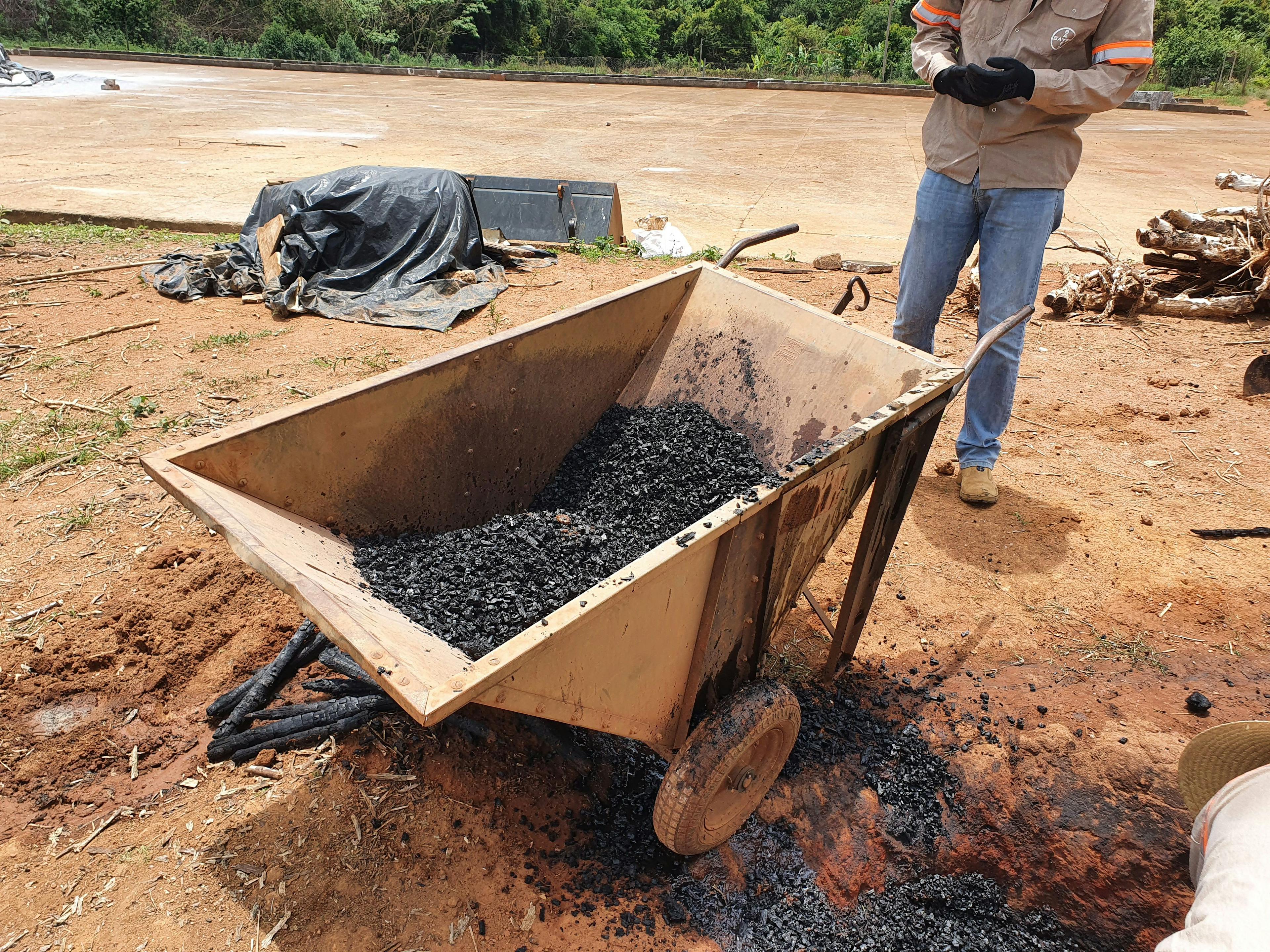
Bokashi
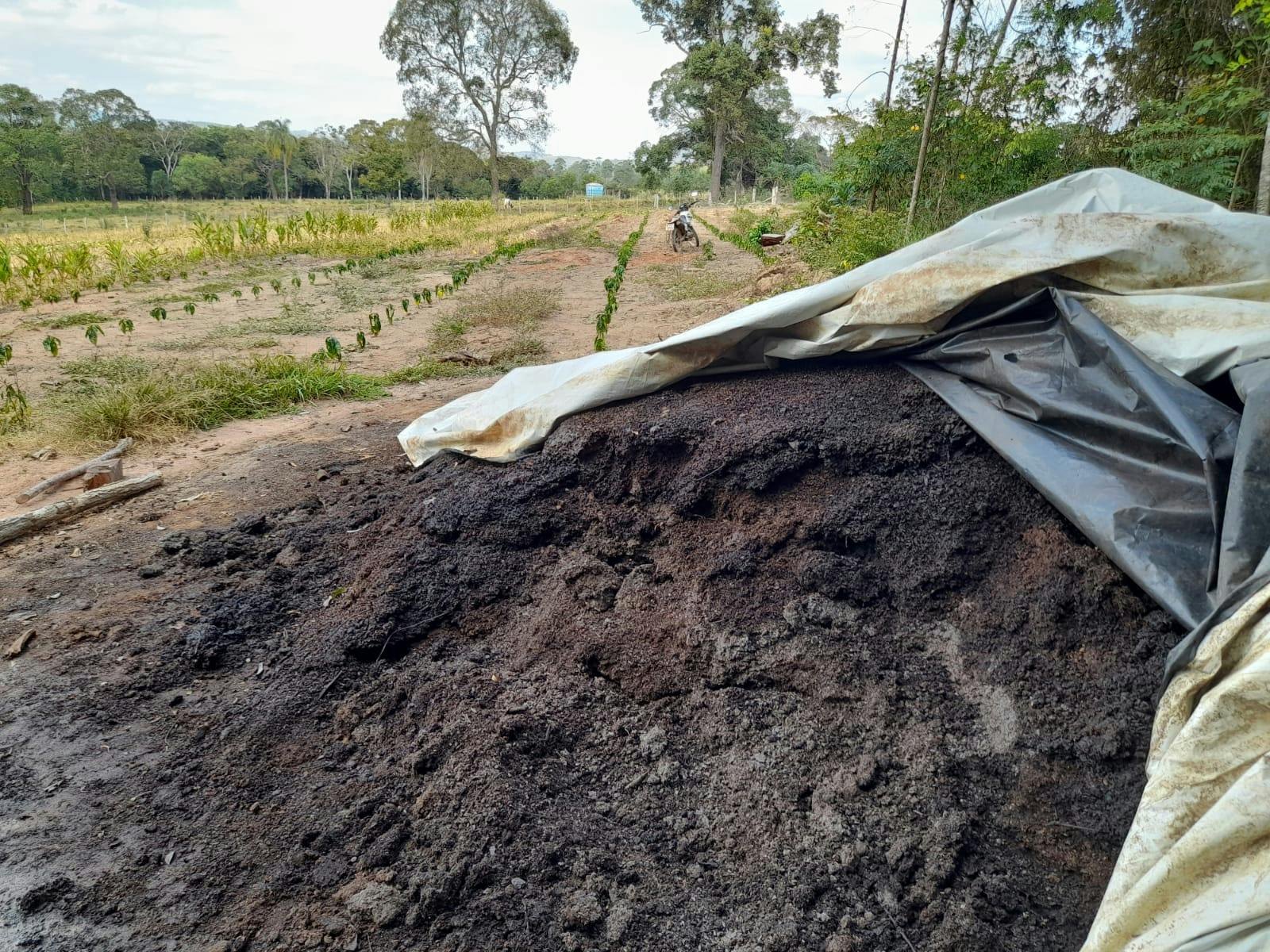
Compost
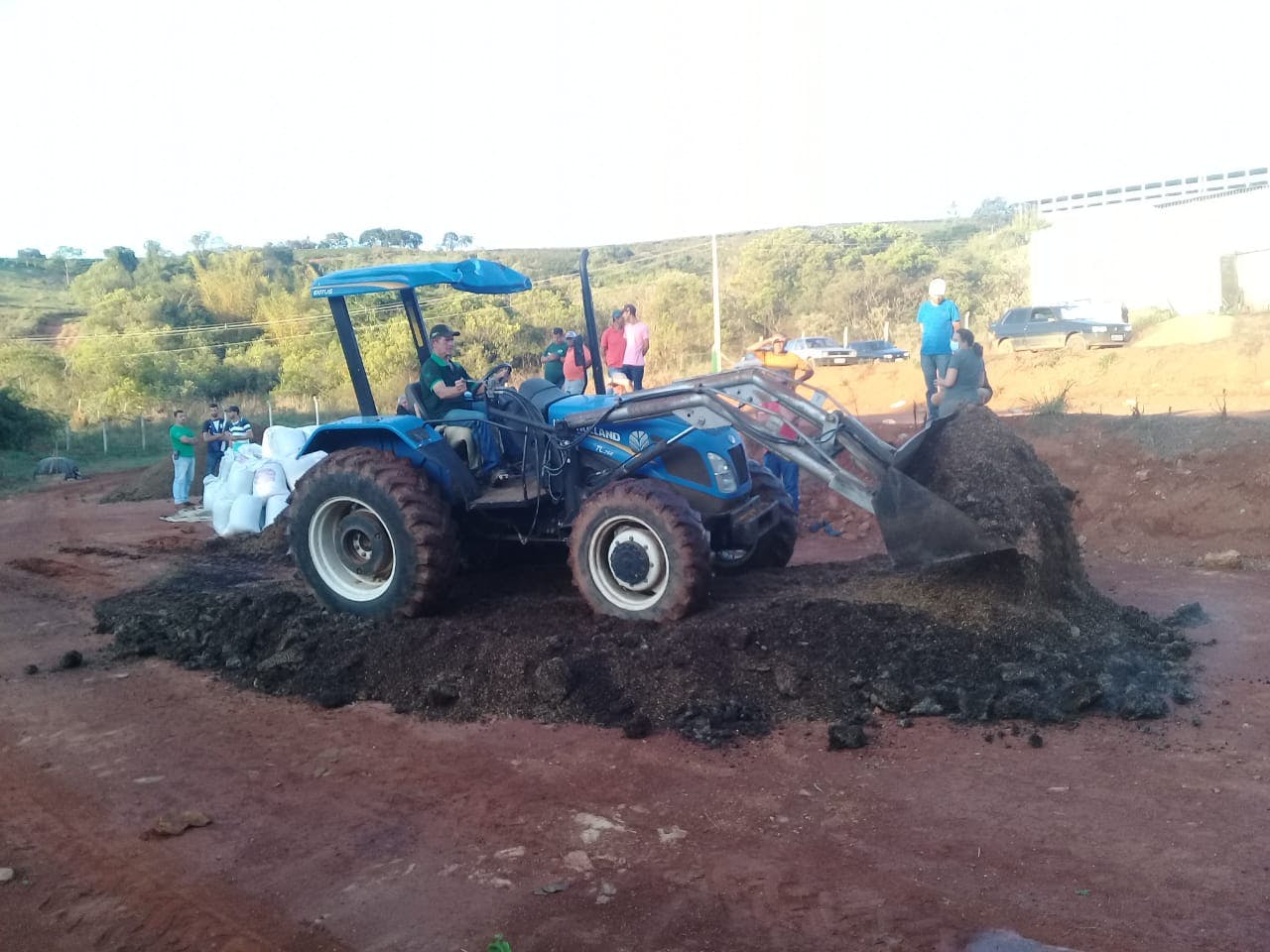
“Very good practical starting points”
“While training the farmers on the production and use of compost, we also did research together with the Federal University of Lavras UFLA,” Torres emphasizes. The scientist analysed the compounds of the organic compost, bokashi and biochar and the best possibilities of their respective application. “Of course, we needed to know what the benefits and the properties of our different products are,” she adds.
Michael Opitz, Managing Director Managing Director of HRNS summarizes the initial phase consequently: “We arrived at a good understanding of the processes; we also calculated examples and what nutrients can be returned to the field,” Opitz relates and concludes: “We now have very good practical starting points for offering this to producers so that they can apply it in practice.”
However, there is still work to be done. “What is still missing is the consolidation to achieve widespread use,” Opitz looks ahead. “We achieved to work with many producers in an exemplary manner in this regard, have carried out training sessions and trained them in the various methods. However, there is still room for improvement in adopting the practices into routine,” he concludes.
In 2022, around 80 metric tons of compost were produced. It was offered free of charge to anyone who was interested in testing it on the field. “However,” Torres underscores, “we have some young people in the region who are interested to start an enterprise that sells organic fertilizers. But in order to really build successful start-ups we would need a person with sound economic knowledge and business management capabilities.”
That’s why the project started a social business inside the Association of Agricultural Families from Santo Antônio do Amparo (Associação dos Agricultores Familiares de Santo Antônio do Amparo, AFASACAFE). This story that Torres relates is a textbook example of successful cooperation: “Jaime Pacheco Neto, the new president of AFASACAFE came up with the idea to set up a sustainability committee within the organisation to support the social business of producing compost and biochar. He talked with the mayor and the municipality gave a piece of land and a truck for water transports to the committee in order to operate the new community organic compost social business. AFASACAFE provided a tractor for turning over the material and delivered the compost to members who were not able to do so themselves.”
A textbook example of successful cooperation
“We also made progress with regard to third-party providers. We have spotted a company that wants to work with the husks,” Opitz adds. They are willing take the husks, produce biochar from it and then sell the product. “This would be a useful addition to expensive agrochemicals,” he stresses because fertilizer prices increased significantly in Brazil, during the project cycle between June 2020 and December 2023. This made the use of organic fertilizers economically much more interesting.
“All this has worked out so far, but we haven't yet finalized it as a business case”, Opitz cautions nonetheless. “We're not yet at the point where we've set up complete start-ups with corresponding business concepts.” Opitz assumes that it will take more time, especially to achieve the volumes, required to enter a professional and profitable business.
However, the volumes could easily be provided: In 2017 coffee production in Brazil resulted in approximately 3.37 million tons of organic waste. Although the organic material contains valuable plant nutrients most of it is inadequately managed and - together with inorganic waste, e.g. planting bags as well as cans and canisters as containers for fertilizers and other production inputs - is often discharged into the environment. Here it affects flora and fauna, harms the quality of water and soil and becomes a source of greenhouse gas emissions.
“On one hand, it was very important for the producers' awareness that fertilizer prices changed significantly during the project period - doubling or tripling overall due to inflation and the war in Ukraine,” Opitz recalls. This has significantly increased producers' awareness of organic alternatives.
“On the other hand, producers shy away from the additional work involved - labour is one of the scarcest production factors on family farms”, he cautions. In this context, we are currently looking into the possibility of setting up something like recycling centres; service centres so that smallholder cooperatives in the region can, for example, keep Biochar in stock.
Overall, however, Opitz is confident of having reached a good starting point for further promoting these debates. “In Brazil, we have much more to work on in terms of a paradigm shift than in Africa, for example,” he concludes. “Producers there are much closer to circular processes than in a country like Brazil, which already has a highly mechanized agricultural sector.”
